
14 Digital Marketing Solutions to Grow Your Business
14 Essential Digital Marketing Solutions to Boost Your Business Growth

Advertising is vital for businesses looking to grow and attract new customers. It allows companies to promote their products or services, build brand awareness, and communicate directly with their target audience. Whether through traditional mediums like TV and print or newer digital channels, advertising helps businesses reach a wider audience more effectively.
Knowing which channels different audiences frequent can help businesses determine which advertising methods will work best for them. Here are some of the benefits of advertising:
The advertising approach has evolved significantly, adapting to technological advancements and changing consumer behaviors:
The continual evolution of advertising methods demonstrates the need for businesses to stay adaptable and informed about the latest trends and technologies to reach their target audiences and achieve growth objectives effectively.
At its core, advertising is about communicating value to potential customers. It involves creating messages that persuade and inform, encouraging people to act, like purchasing or visiting a website. The goal of paid advertising is to influence consumer behavior to benefit the business.
A successful advertising strategy includes several key components:
Digital advertising allows businesses to interact with their consumers in real time and with precise targeting. Data analytics and digital tools enable advertisers to understand their audience’s behaviors and preferences more deeply, allowing for more effective campaigns.
Comparing digital and traditional advertising reveals distinct differences. Digital methods are highly flexible and interactive, offering instant feedback and metrics such as clicks, views, and conversions. This contrasts with traditional methods, where feedback loops are slower, and measurement is less precise. However, traditional advertising still holds value in scenarios where digital reach is limited or when targeting demographics less present online, showcasing the importance of a balanced approach.

Online advertising utilizes a variety of platforms to reach potential customers. The most common tools are search engines, websites, and banner ads. Search engine ads appear alongside search results and are tailored to match the user’s search query, making them highly targeted. Website and display advertising can include banners, sidebars, or embedded video ads that catch the viewer’s attention. On many websites, banner ads are often designed to stand out and encourage clicks with appealing visuals or compelling copy.
To create successful online advertising campaigns, define your target audience and their online behaviors. Use engaging visuals and direct messages that speak to their needs and desires. It’s also crucial to optimize your ads for different devices and test various versions to see which performs best. Tracking your results meticulously helps refine strategies and improve ROI over time.
Mobile advertising is now essential, given the widespread use of smartphones and tablets. These devices offer advertisers unique opportunities to reach people no matter where they are, from scrolling through social media to using apps.
Effective mobile advertising requires understanding how people use their devices. Responsive ads that adjust to different screen sizes ensure a good user experience, while location-based targeting allows businesses to deliver relevant ads based on the user’s physical location. This could mean sending special offers when a customer is near a store or in a specific city.

Despite the growth of digital, print advertising still holds significant value. Magazines, newspapers, and flyers can effectively reach certain demographics, particularly in areas with less digital engagement or where print enjoys a loyal following. Print also offers a tangible element that digital ads cannot, which can enhance brand perception and sell more.
Integrating print with digital strategies can enhance overall campaign effectiveness. For instance, QR codes in print ads can link to digital campaigns, blending the immediate impact of physical ads with the interactive nature of digital. Tracking engagement from print to digital also provides valuable data to refine marketing strategies further.
Selecting the most appropriate advertising platform requires careful consideration of several essential factors:

When selecting the right advertising platform for your business, understanding the demographics of your target audience is crucial. Different platforms can serve various audiences effectively, depending on age, interests, and technological engagement. Here’s how you can approach platform selection with a focus on demographics:
Selecting the appropriate platform based on a thorough understanding of your target demographic ensures that your advertising efforts are seen and resonate with the intended audience, thereby maximizing engagement and ROI.
Facebook remains one of the most powerful platforms for digital advertising, thanks to its vast global user base and sophisticated targeting capabilities. Here’s how businesses can harness the power of Facebook advertising to enhance their marketing efforts:
Facebook advertising offers businesses a dynamic and effective way to connect with their audience, customize their messaging, and achieve specific marketing and business goals together. Businesses can significantly enhance their advertising effectiveness by strategically leveraging the platform’s tools and continuously optimizing based on performance data.
TikTok has rapidly become a powerhouse for digital marketing, especially among younger audiences. Its unique video format and highly engaged user base make it an excellent creative and viral advertising platform. Here’s how businesses can effectively use TikTok to reach potential customers and amplify their marketing messages.
TikTok provides a dynamic and fast-paced environment for advertisers willing to think outside the box and engage with users in new, interactive ways. By understanding and adapting to the platform’s nuances, businesses can create effective campaigns that reach and resonate with a broad audience.

YouTube is one of the most popular video platforms globally, offering advertisers vast opportunities to reach a diverse audience through their access to dynamic and engaging content. Here’s how businesses can utilize YouTube to maximize their advertising impact.
By strategically utilizing YouTube’s robust platform and diverse audience, advertisers can create impactful campaigns that effectively reach and engage potential customers. With the right approach, YouTube can be a powerful tool in any digital marketing strategy.
Thanks to its extensive search network and comprehensive suite of advertising services, Google offers one of the most powerful advertising platforms. Whether through search engines, organic search results, or other channels, Google advertising helps businesses connect with consumers when looking for relevant information. Here’s how to effectively utilize Google for advertising.

Implementing a successful advertising campaign involves a structured approach from concept to execution:
To ensure your advertising campaign is performing well, continuous monitoring and adaptation are necessary:
By systematically planning, executing, and analyzing your advertising campaigns, you can ensure that your efforts bring tangible business benefits and a stronger market position.
For digital campaigns, assessing the impact and effectiveness of advertisements relies heavily on specific metrics:
Traditional advertising, which includes TV, radio, and other forms of print media, uses different kinds of KPIs to evaluate success:
Both sets of KPIs are essential for advertisers to understand and optimize the performance of their campaigns across different media platforms.
Maximizing return on investment (ROI) in advertising requires various tools and techniques. For digital ads, analytics platforms like Google Analytics provide insights into user behavior and campaign performance, enabling advertisers to make data-driven decisions. For traditional advertising, surveys and market research can help assess the impact and recall of ads among the target audience. Both methods aim to refine advertising strategies and ensure optimal spending of marketing budgets.
Digital advertising continues to evolve, incorporating more sophisticated technologies. Interactive online ads that invite user engagement, such as quizzes or games, are becoming more common. Additionally, the use of AI in digital advertising is on the rise, enabling more personalized ad experiences by predicting user preferences and behaviors without manual intervention.
Targeted advertising stands out for its efficiency in reaching specific consumer groups. Businesses can increase conversion rates and reduce wasted coverage by using data to promote ads to those most likely interested. This focused approach improves overall campaign effectiveness and enhances ads’ relevance to individual consumers, making them more engaging and less intrusive.

14 Essential Digital Marketing Solutions to Boost Your Business Growth
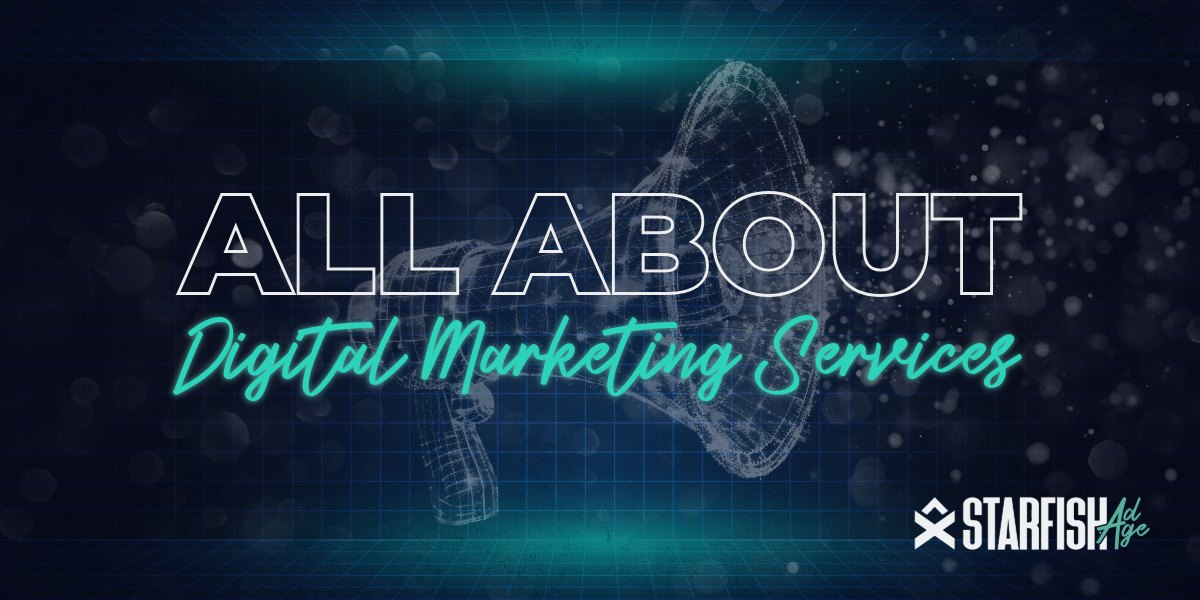
Learn about SEO, PPC, social media marketing, content marketing, and more to drive traffic and conversions. Read now!
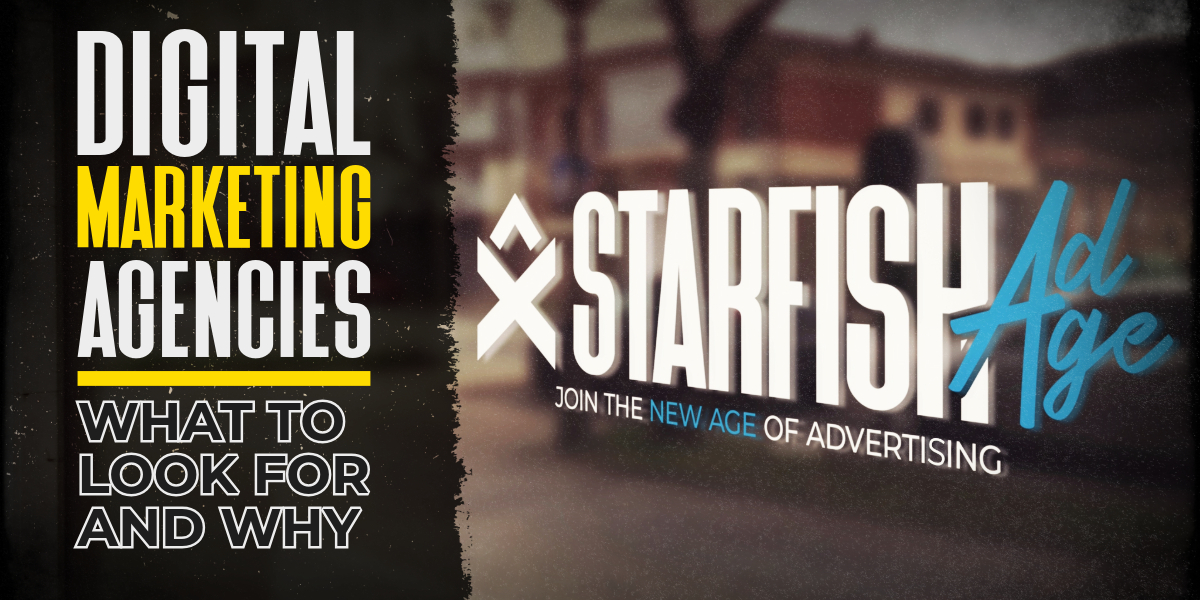
Learn how to select the best digital marketing agency for your small business, the benefits of hiring an agency, and tips for maximizing your online presence.
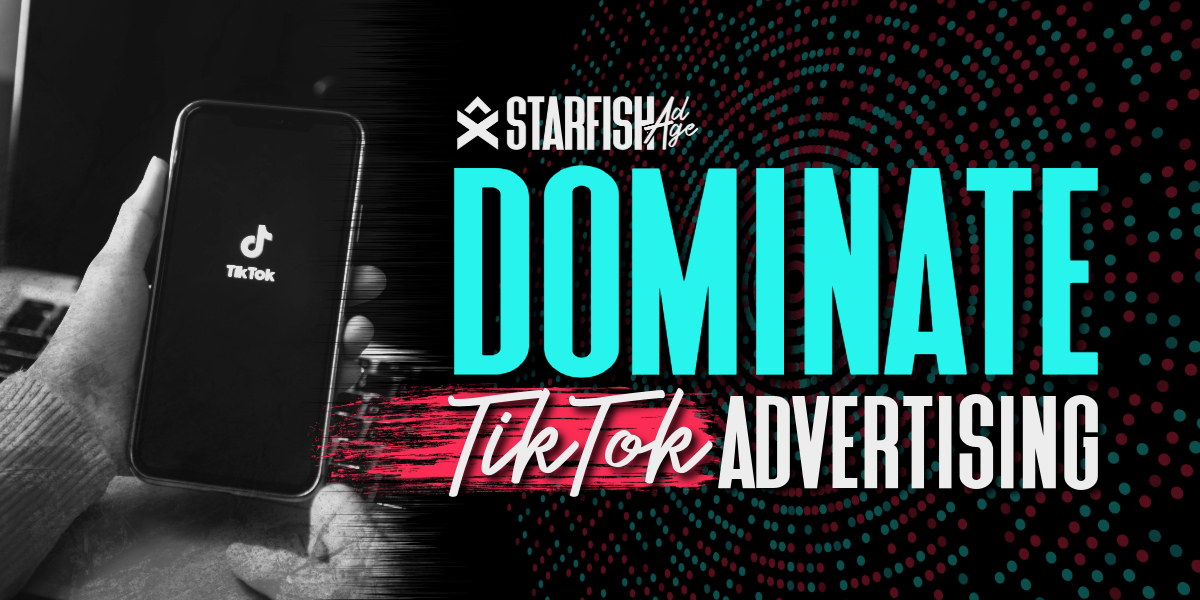
Learn how to leverage TikTok advertising, ad formats, targeting options, and best practices to increase brand awareness, and drive sales.
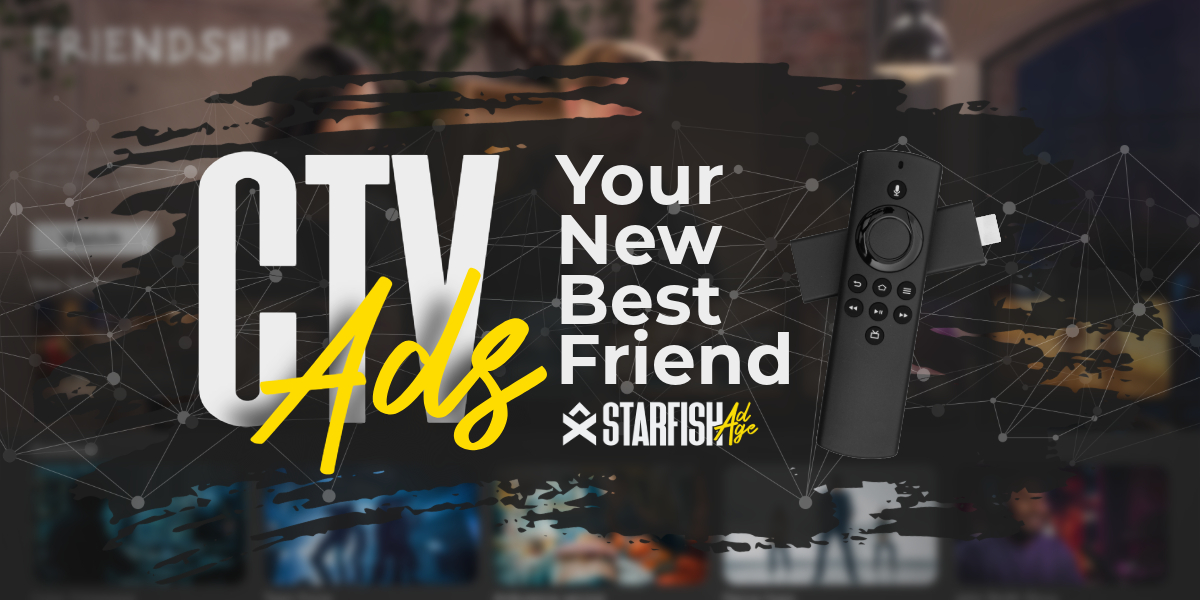
Learn about Connected TV (CTV) ads, their benefits, and how they work. Understand programmatic CTV advertising for effective digital marketing campaigns.
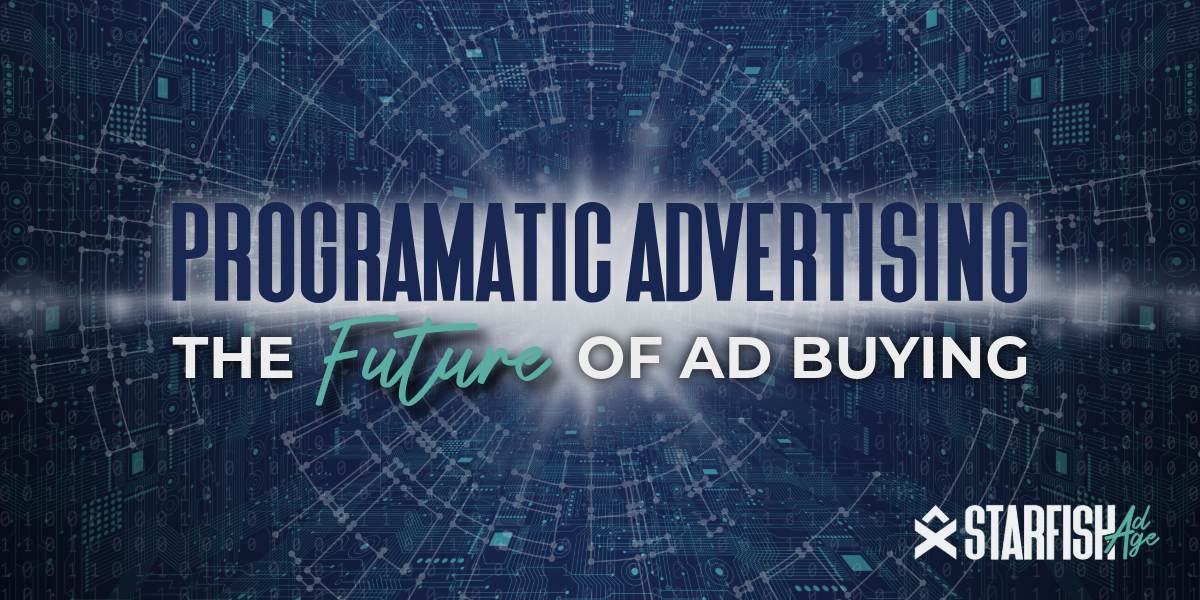
Discover the benefits of programmatic advertising, an automated method of buying digital ad space that enhances targeting, efficiency, and campaign performance.
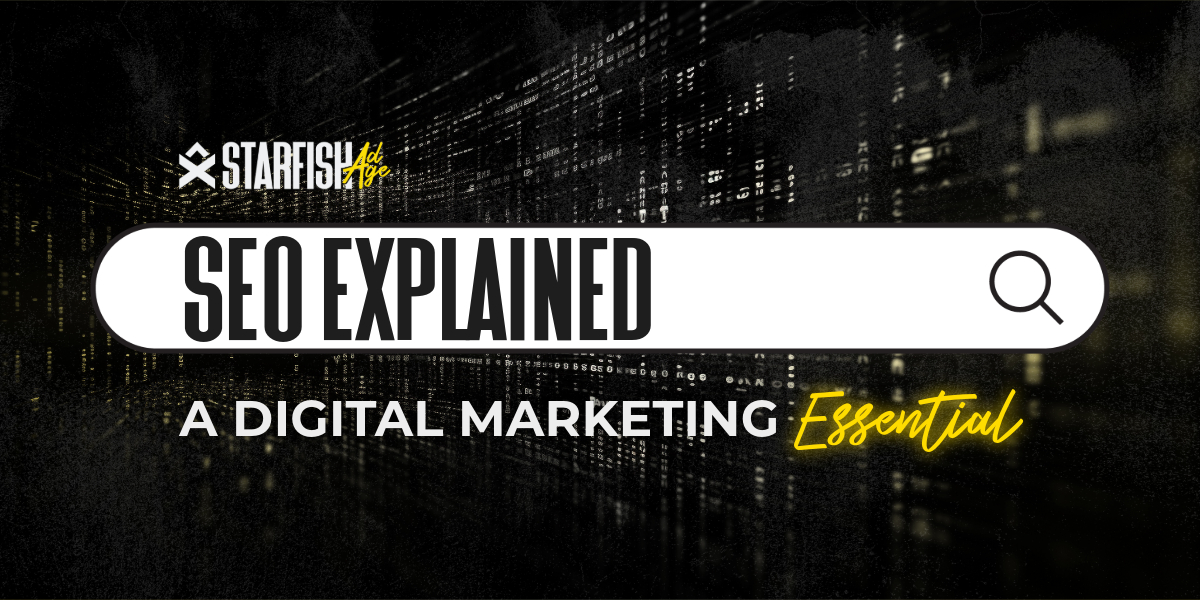
Discover what SEO in digital marketing is and why it matters. Learn how search engine optimization can increase your business’s success.

Learn how to advertise on Google effectively. The basics of Google Ads, from setting up your account to targeting your audience and driving qualified traffic.

Discover how to advertise on Facebook. Learn about Facebook ad campaigns, targeting options, and ad formats to reach your audience effectively.
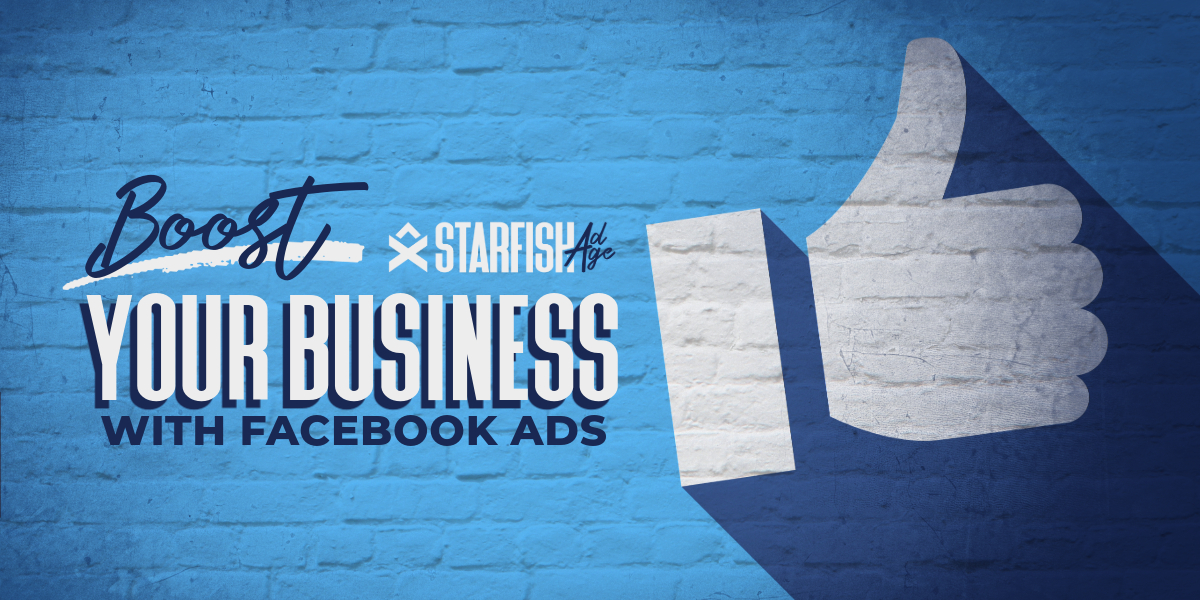
Discover how to advertise on Facebook. Learn about Facebook ad campaigns, targeting options, and ad formats to reach your audience effectively.

Explore digital marketing essentials for modern businesses. Explore the history, strategies, data-driven targeting, message marketing, and content creation.
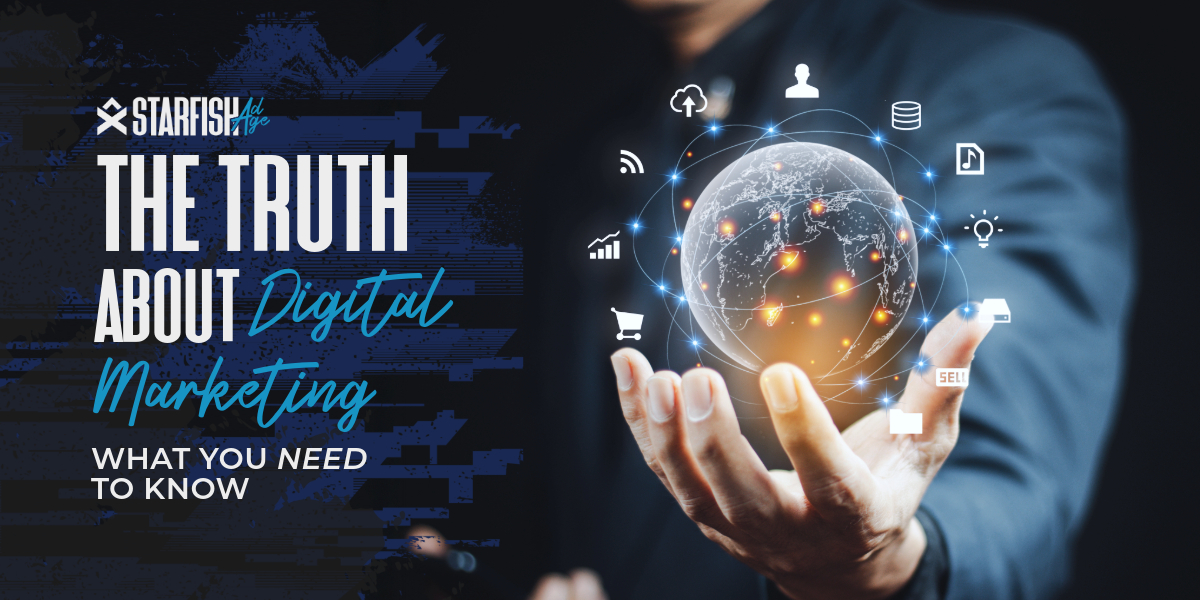
Explore digital marketing essentials for modern businesses. Explore the history, strategies, data-driven targeting, message marketing, and content creation.
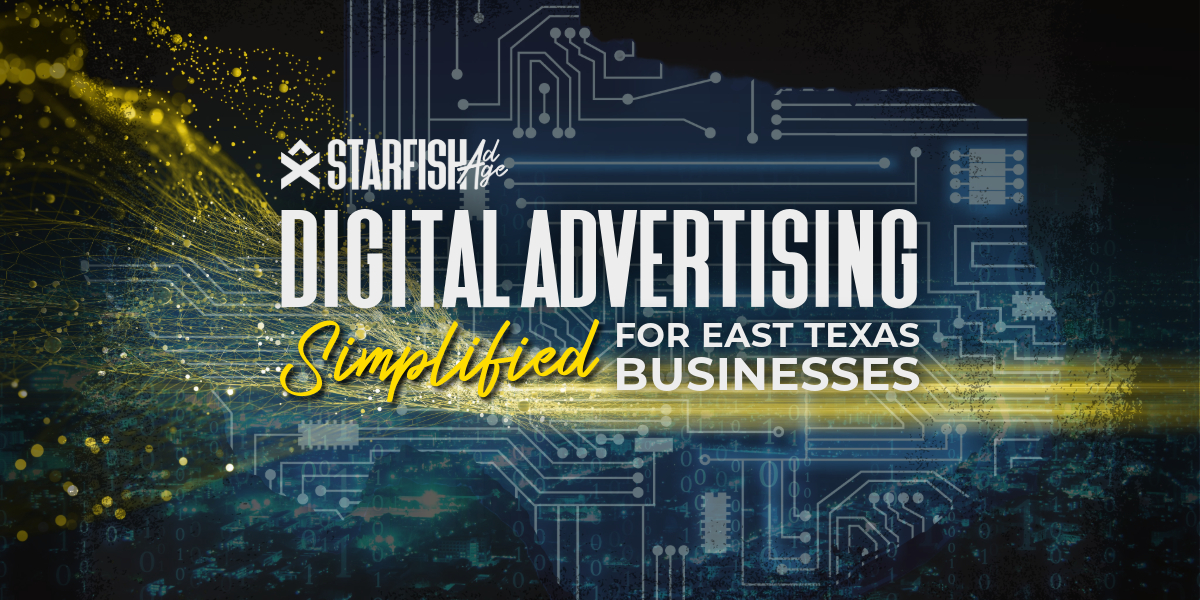
Explore the fundamentals and advanced strategies of how digital advertising works. Learn how to leverage targeted ads, and engage with your audience effectively.

Discover how to get ahead in advertising with effective strategies and insights on how to grow your business in today’s digital environment.

Learn how brand identity, effective logo design, and a cohesive brand strategy can transform your business. Explore essential tips for impactful branding.
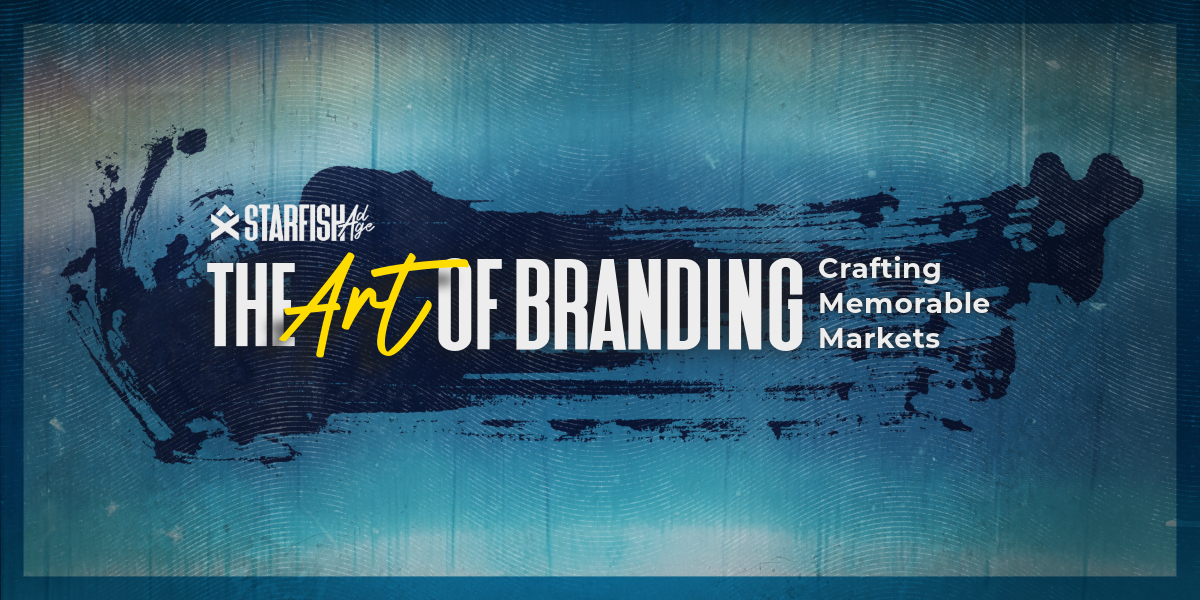
Learn how brand identity, effective logo design, and a cohesive brand strategy can transform your business. Explore essential tips for impactful branding.
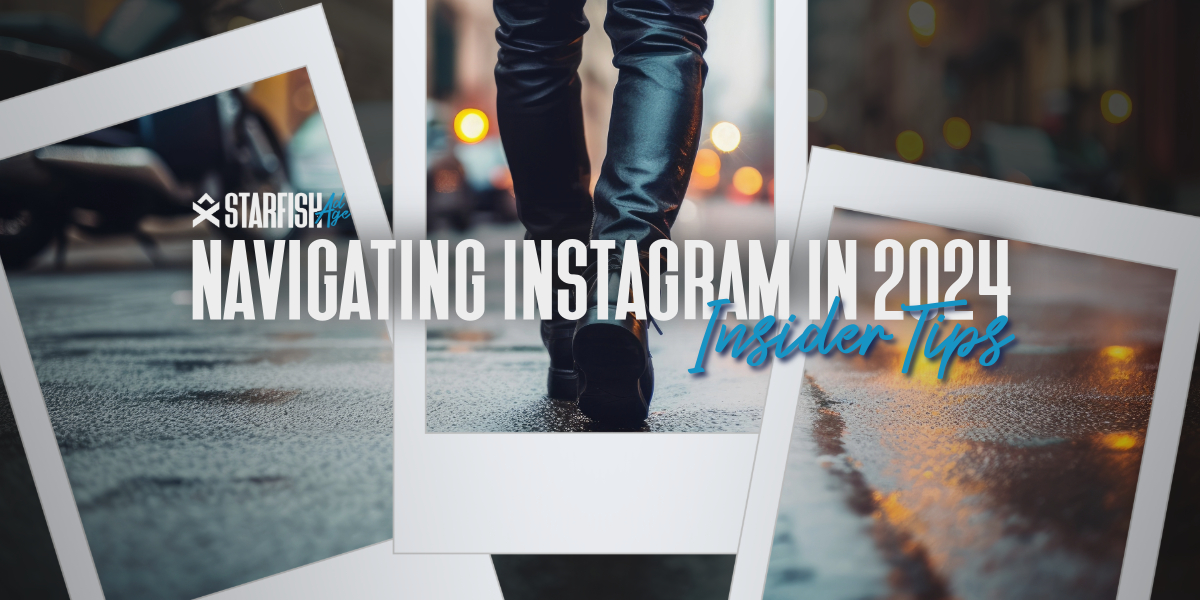
Gain insights from success stories and FAQs to optimize your Instagram strategy and connect with your target audience more effectively than ever before.
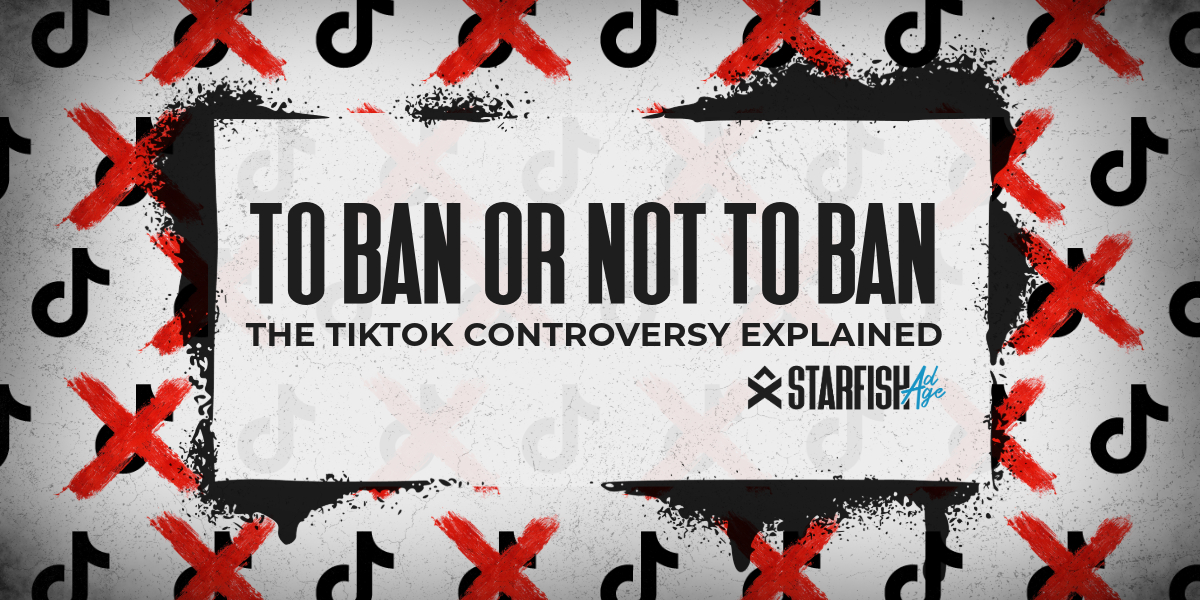
Explore the comprehensive guide to the TikTok ban debate in the U.S., including the rise of TikTok, concerns over privacy and national security, and the implications for users and the broader social media landscape.
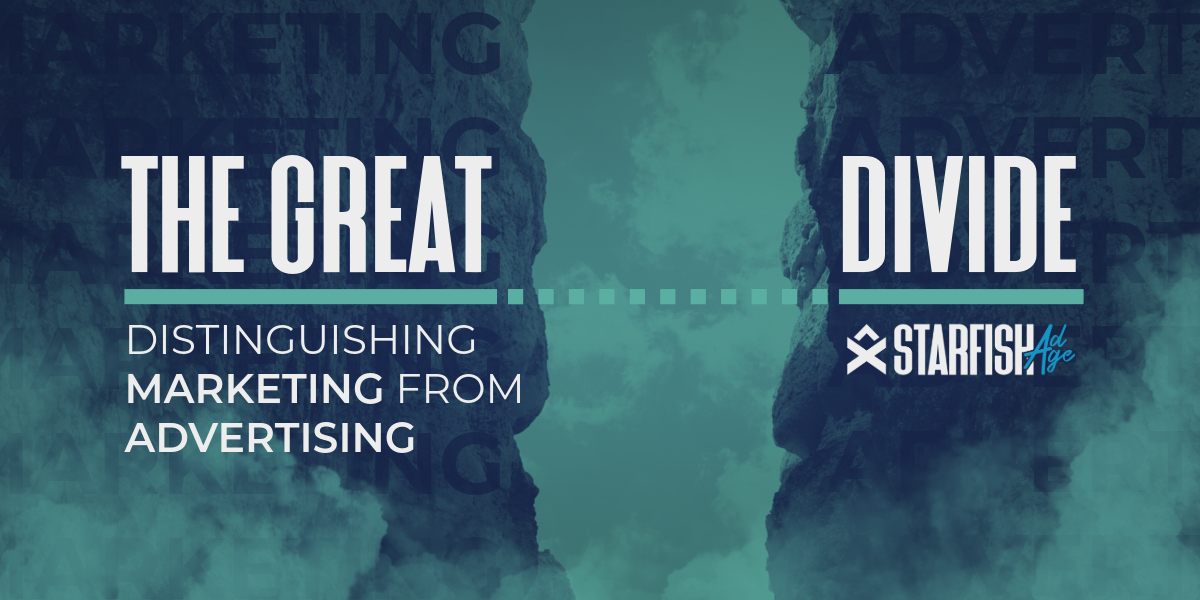
Explore the essential distinctions between marketing and advertising and learn how each plays a unique role in business success.

Discover how social media transforms business promotion, enhancing brand awareness, and driving sales through ads, content, and influencer partnerships.

Discover how AI enhances efficiency while human creativity remains essential. Learn what AI can and can’t do, its benefits, challenges, and the future of AI in digital marketing.
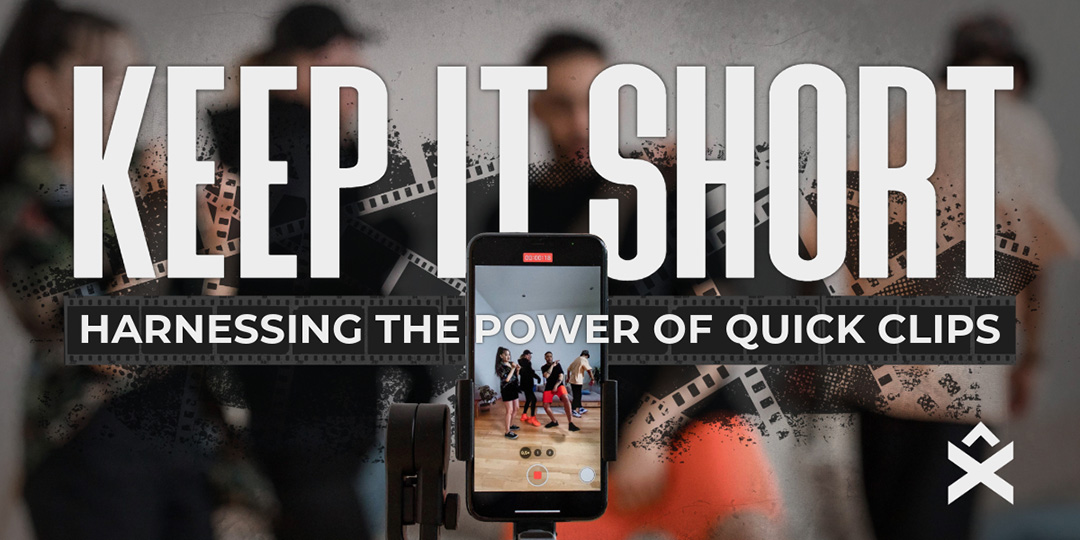
Discover key strategies for East Texas businesses to engage audiences and enhance marketing with short-form videos.

What is inclusive marketing, and how can it transform your brand’s relationship with diverse audiences?

In marketing, the impending demise of third-party cookies is not just a challenge; it’s an opportunity to innovate.
All Rights Reserved | Starfish Ad Age LLC | 2023 | Privacy Policy